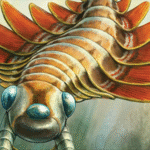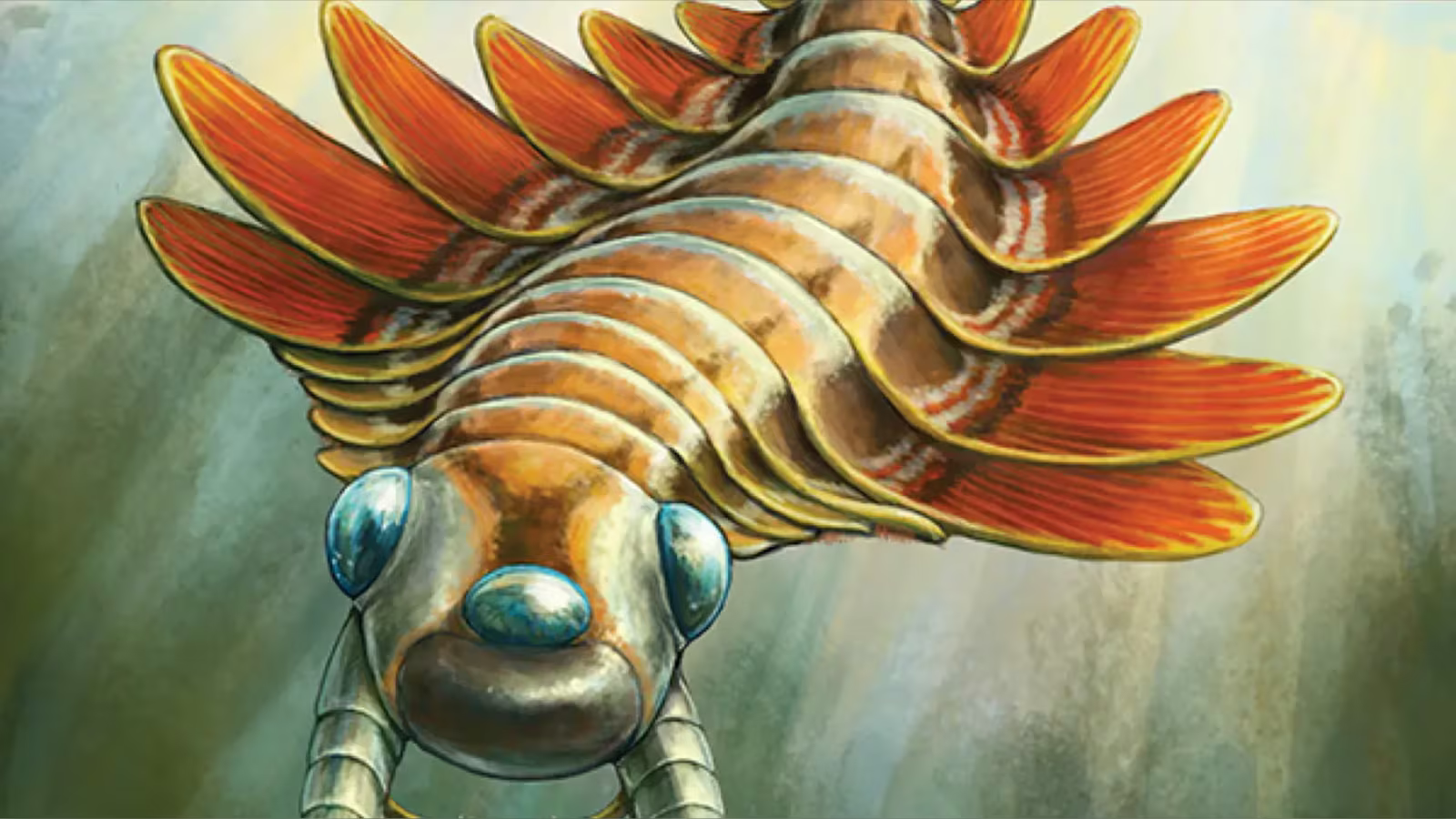Paleontologists with the Manitoba Museum and Royal Ontario Museum have made a remarkable discovery—an extinct, moth-like predator that lived hundreds of millions of years ago.
On Wednesday, the museums announced the discovery of the Mosura fentoni, which lived in the Burgess Shale in British Columbia 506 million years ago.
“Making one of these discoveries is always incredibly exciting,” said Joe Moysiuk, curator of paleontology and geology at the Manitoba Museum.
“It’s hard to even explain the emotion you feel when you uncover a fossil in the field that hasn’t been seen in over half a billion years.”
The ancient predator was about the size of your index finger and had three eyes, spiny jointed claws, a circular mouth lined with teeth, and swimming flaps along its sides. According to Moysiuk, these traits show it was a part of an extinct group of arthropods called ‘radiodonts.’
“It’s actually related to modern arthropods, so those include insects and spiders and crabs, but it looks nothing like any of the living examples that we know, so it’s quite a strange organism,” he said.
Moysiuk explains that unlike other radiodonts, the Mosura fentoni had an abdomen-like body made up of multiple segments at its back end. The reason for this adaptation remains unknown, but researchers believe it may be related to habitat preference or behavioural characteristics.
“It’s interesting in that it’s showing us that this group of early arthropods was much more variable in terms of their body form than we previously thought,” Moysiuk said.
Researchers say the Mosura fentoni is an important discovery as it provides insights into the ancestral traits and internal anatomy of arthropods.
A specimen of Mosura will be on display at the Manitoba Museum this fall.







